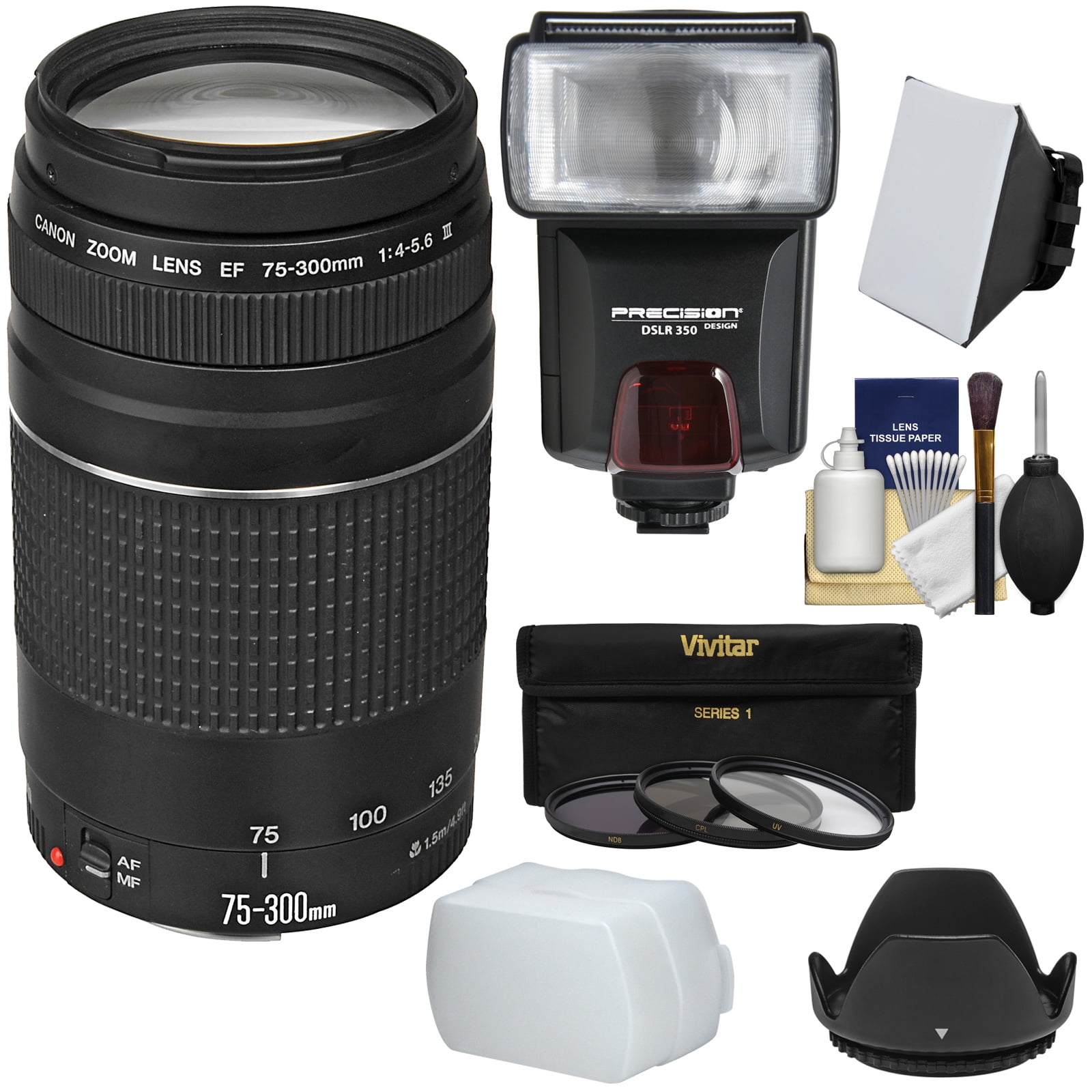

We eventually got it working but only after significant hassle. We found the setup process for the Canon EOS Rebel T7 to be very easy, except when we tried connecting our mobile device over Wi-Fi. Whether or not the fixed LCD is right for you depends on how you plan on using the camera, and if you feel like the lack of an articulating display can be replaced with a mobile device over Wi-Fi. It looks good and has an adjustable diopter. The viewfinder is located directly above the display and is a basic entry-level DSLR pentamirror. The LCD is a set display that doesn’t articulate like the T7i camera. The kit lens appears to be the exact same lens that came with the T3i, our very first Canon DSLR camera about eight years ago, except with a different lens cap. Image stabilization and autofocus are built-in and enabled with switches located on the side. The lens has a textured, grooved grip for manually adjusting the optical zoom and a smaller textured grip for the focus. The T7 comes with an EF-S 18-55mm kit lens and because it’s light and mostly plastic, it feels kind of cheap to us. The T7 delivers great quality images and performs well in low lighting. The hot shoe is located on top of the camera, right behind the built-in flash. This means that some external triggers and flashes will not work with this camera. One important thing to note (and one of the only differences between the models) is that the T7 has done away with the center pin on the universal hot shoe connection.

The Canon T7 is almost identical to its predecessor the T6 and will feel familiar in the hands of anyone who has held a Canon DSLR before. There’s a small rubber flap on the edge of the battery compartment so you can use an external power supply with a cable and dummy battery. Both the SD card and battery share the same compartment, covered under a hinged plastic door. As expected there is a universal tripod mount located on the bottom of the camera. On the left of the camera you will find the remote trigger, USB, and HDMI ports under a rubber cover that is tethered to the body. As usual, the connection is well designed, sturdy, and solid, using a metal ring instead of the plastic used elsewhere on the body.
#CANON EOS REBEL T3I WITH 2 LENS KIT HOW TO#
The T7 is compatible with both EF and EF-S lenses, and the lens mount includes the white square and red dot showing you how to align the lens when attaching it to the body. Lenses are removed by pressing a release button on the front of the camera and rotating the lens. The flash pops out from the top of the camera when needed and is pushed back in when you want to close it. The user-interface layout is the same as the Canon T6 with navigation buttons located to the right of the LCD display. There’s a textured grip for your right hand, with all the camera’s buttons and functions located within your reach. At 5.1 x 4.0 x 3.1 inches the T7 is fairly compact, especially when compared to Canon’s more expensive DSLR options. The black, mostly plastic body is very light at 23.8 ounces (including the battery and kit lens). The T7 iterates on all the Rebels that came before it.

Lifewire / Benjamin Zeman Design: The classic Rebel look


 0 kommentar(er)
0 kommentar(er)
